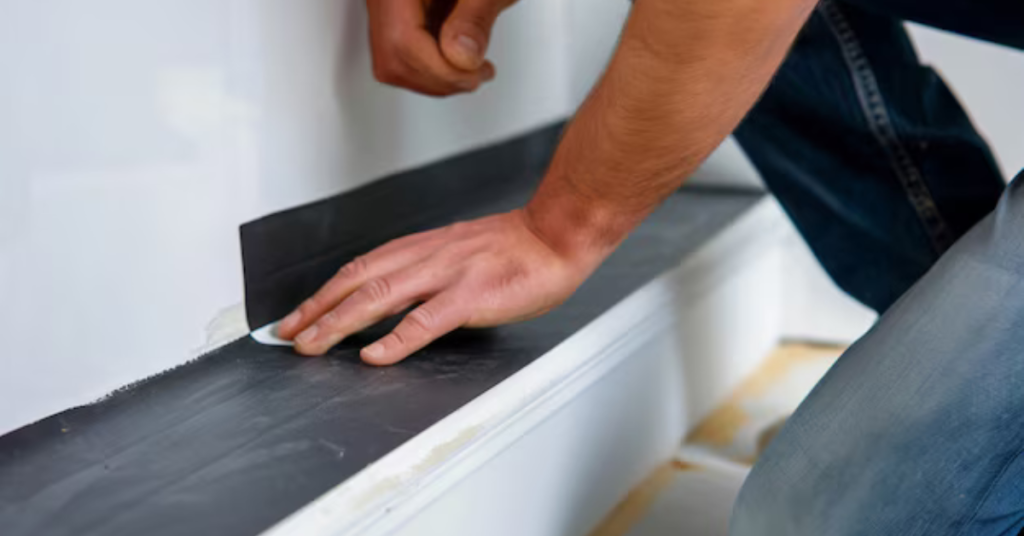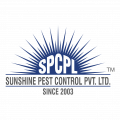
Washrooms need proven waterproofing investment in every rented house not just for emergency water leakage, but for the entire structure to be protected from long-term damage mold and expensive repairs. By using high-quality waterproofing materials and methods including waterproof membranes, sealants, moisture-resistant coatings, landlords protect the walls, floors, and ceilings from water intrusion that usually arises from either old fixtures or spills: preventing damage that takes place from deterioration or may turn into structural failures or health risks for renting students. For multi-tenanted properties, enhanced levels of moisture could easily escalate relatively minor leaks into major phenomena, such as infestations of mold and mildew, which in turn are associated with respiratory problems and several other health concerns.
Proper waterproofing of a bathroom will also contribute towards keeping that sanitation area free from some moisture and adds to the aesthetic quality and hygiene of the rest of the living space and therefore might potentially boost the overall value of a property by justifying somewhat high rents and even reduce tenant-landlord disputes about property maintenance. So good waterproofing makes the life of tenants comfortable and safe while ensuring that the landlords do not incur much in terms of maintenance costs and are further assured their property remains in good condition, thus ensuring a good rental experience and long-term investment security.
Recurring Challenges in Rental Bathrooms
1. Constant leaks and water seepage:
The rented bathrooms are a notorious reputation for continuous water leaks that come out of insufficient waterproofing measures or have reduced over time. Even the smallest cracks in the tiles, grouting, or the base of the shower can form huge streams of seepage. Such floods of continuous entering water compromise on the beauty and strength of the walls and floors in the bathroom area. This gradually destroys other surfaces that form foundations for expensive repair. Such leaks can be extended from the increased age of property, so that maintenance cannot remain with emerging issues. Regular inspection and early repair will reduce these frequent challenges.
2. Mold and mildew infection:
Moisture gives rise to mold and mildew, causing bathrooms to be susceptible to these health hazards. In rental properties, the recurrent moisture caused by poor waterproofing or frequent leaks allows on the surfaces hidden behind the tap and even the tap and the fixtures. It damages surface content and causes real health issues affecting tenants, such as respiratory issues and allergies. Inadequate cleaning practices and poor ventilation will only cause further spread. The key to preventing mold and mildew infection lies in effective moisture control and regular maintenance implementation.
3. Structural fall and material fall:
Continuous contact for moisture gradually damages the structure of the bathroom. In rental properties, significant materials cause breakdown from the recurring round of water damage, such as cement patterns, tiles and protective coatings. Water begins its long journey in structural members of buildings, triggers rust and rust or worse: concrete spalling. Problems cannot be revealed immediately, but there can be a major security threat when left unattainable. Thus waterproofing and regular professional monitoring thus can help detect initial signals of structural deterioration and ensure their timely repair.
4. Inadequate ventilation and humidity construction:
Poor ventilation has so far many rented bathrooms have another recurring problem and one that greatly enhances the situation when it is involved in water. The humid position causes humid conditions with water droplets settled on unsatisfactory airflow surfaces. This stable moisture encourages molds and mildew development and also increases the decline of waterproofing layers and finishing products. Poor ventilation is mostly produced by old or poorly created exhaust systems, windows, which is hinges, but there are no openings in property, or simple design defects.
Benefits of Bathroom Waterproofing for Rented Houses
1. To prevent expensive repairs:
Waterproofing a bathroom can be considered as a major feature in preventing damage caused by water damage. The imperception of waterproofing is such that it completely prevents water from reaching the structure of the building to prevent an expensive expensive repair.
2. Increasing property value:
For landlords, keeping their well -protected property is a boon for improving the satisfaction of the tenant and increasing the reference rates. A well -watered property in the bathroom is proof of maintenance and a very strong sales point between potential tenants.
3. Completing health and safety:
Water leakage makes mostly moist conditions under which molds increase. Mold damaged surfaces, causing respiratory and other health problems to the living. By this strong waterproofing, the environment will be healthy and safe.
4. Increase aesthetics appeal:
Without war, mold or water stains, or peeling paint, it looks very attractive. Water-proofing preserves the aesthetics of the bathroom, making it a pleasant place for tenants and improves overall appearance in the rented unit.
5. Reducing Utility Bill:
Waterproofing is a means that can be used to prevent wastage of water through seepage; Thus, it helps not only cut utility bills; It also increases lifestyle to be durable by conservation of water.
Essential Steps to Waterproof Your Rental Bathroom
Leak-free fare bathrooms depend on regular evaluation of minor signals that indicate cracks, leaks or wearing seals. The areas around the bathtub, rainfall and washbasin sink should be well examined for any interval or damage. Repair any taken areas by filling joints or edges with waterproof sealant. Regular maintenance of grouting and cacking is equally important since acting as the first line of defense against moisture. In addition, exhaust fans can discharge the bathroom moist air with better ventilation through operating or installing, can cause the ability of negative humidity and eliminate the risk of mold and mildew development. If the problem persists instead of cooling, it is very intelligent to consult a waterproofing professional. Above all, these tasks will protect the property and ensure a living space that is safe and comfortable.
FAQ About bathroom waterproofing?
1. What is the waterproofing for a bathroom?
Waterproofing bathrooms is the activity of putting protective and sealing covers to prevent water from penetrating surfaces such as walls, floors, and joints, thereby preventing problems of damage and excess moisture.
2. Is the bathroom, then, essential to a rented house?
Absolutely. It is where, in rented houses, where both the responsibilities regarding maintenance come under the borrowed roof, waterproofing can save costly repair bills, keep down the mold-induced sicknesses, and keep the whole place as well.
3. Who is liable for bath waterproofing in the case of rented accommodation?
Liability will differ as well. In many cases, zamindars take care of structural maintenance including waterproofing whereas, tenants are supposed to report any leakage or issues immediately. It is best that this is clarified in your rental agreement.
4. How frequently should the bathroom be checked for waterproofing issues?
Regular checks should be carried out at least once every couple of months, especially when the property is relatively older and has a history of leaks. Minor issues may be caught in time before a major one develops.
5. How do I know that my bathroom needs to be rewritten with water again?
Look for patches of moisture on the walls or ceilings, paint that seems to hang off, mold growth, or a mastic smell. All these are indications that the existing waterproofing may have gone bad and might need to be fixed.


